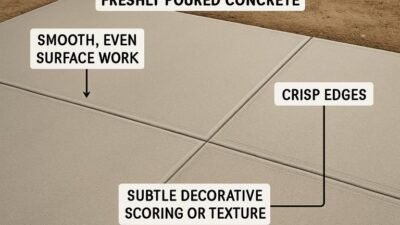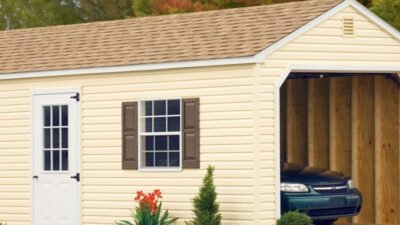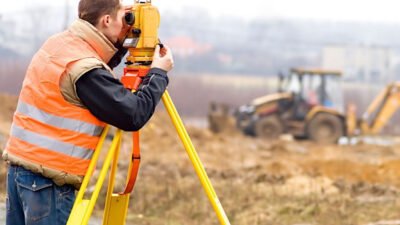Understanding SEER and Its Limitations
For decades, the Seasonal Energy Efficiency Ratio (SEER) has served as the default benchmark for determining the efficiency of air conditioning and heat pump systems. SEER is calculated by dividing the total cooling output provided during a typical cooling season by the total energy consumed in watt-hours. A higher SEER rating indicates lower energy consumption and reduced utility bills.
It is based on standardized laboratory conditions that don’t always mirror the factors found in real homes, such as changes in ductwork, fluctuating static pressure, and varying regional climates. As a result, SEER is best viewed as a general guide rather than a definitive measure of system performance. For homeowners or businesses exploring ducted heat pump solutions, it’s important to use SEER as a starting point while considering newer, more representative metrics.
Introducing SEER2: A More Accurate Measure
In response to SEER’s practical shortcomings, the U.S. Department of Energy rolled out SEER2 in January 2023. SEER2 employs enhanced testing protocols that factor in variable static pressures, closer to what’s found in most residential installations. This shift is significant, as it may result in noticeable differences between SEER and SEER2 values. For instance, a unit rated at 15 SEER under the old system could be listed closer to 14.3 SEER2 today, offering a truer assessment for the typical homeowner.
These stricter standards are designed not to penalize manufacturers or buyers, but to protect consumers by ensuring that efficiency claims translate more accurately to energy savings under real-world operating conditions.
Energy Efficiency Ratio (EER) and EER2
Another essential metric, the Energy Efficiency Ratio (EER), assesses a cooling system’s performance at a standardized outdoor temperature, typically 95°F. This approach measures how efficiently an air conditioner or heat pump performs under peak conditions. It is a valuable metric for those living in hotter climates or evaluating the system’s ability to handle high-demand situations.
Like SEER, EER testing procedures have evolved into EER2. This transition aligns with new standards, using higher external static pressures to represent efficiency at full load accurately. Using SEER2 and EER2 allows consumers to compare systems for seasonal and peak-performance efficiencies.
Heating Seasonal Performance Factor (HSPF) and HSPF2
The Heating Seasonal Performance Factor (HSPF) is crucial for heat pumps. HSPF estimates heating efficiency over an entire season, presenting a ratio of total heating output to total electricity used. As with cooling efficiency ratings, the updated HSPF2 ensures that heat pumps are assessed in line with real-world static pressures and climate conditions. This way, buyers of modern heat pumps can be confident that their systems will perform as expected in their local environment.
Understanding these heating-specific metrics aids homeowners and commercial buyers alike, ensuring their ducted or ductless systems meet performance and efficiency expectations while complying with new federal standards.
Annual Fuel Utilization Efficiency (AFUE)
The Annual Fuel Utilization Efficiency (AFUE) rating applies to furnaces and boilers, measuring the percentage of input fuel converted into usable heat throughout a heating season. For example, a furnace boasting a 95% AFUE rating converts 95% of its fuel into heat, with only 5% lost via exhaust or other inefficiencies. AFUE is an essential metric when evaluating gas or oil-based systems and comparing them with electric or heat pump alternatives. A higher AFUE rating typically means lower fuel costs and fewer emissions, making it a key factor for energy-conscious homeowners. However, it’s important to consider installation costs and fuel availability in your area when comparing systems. Newer high-efficiency furnaces often come with sealed combustion and variable-speed blowers, further improving performance. When shopping for HVAC equipment, always look for the EnergyGuide label, which includes the AFUE rating for easy comparison.
Coefficient of Performance (COP)
The Coefficient of Performance (COP) quantifies the ratio of useful heating or cooling delivered against the energy input. HVAC systems with higher COP values operate more efficiently, making COP a useful comparison tool for various HVAC technologies. For example, heat pumps typically achieve higher COPs than electric resistance furnaces, translating to greater energy economy in appropriate climates.
Engineers and HVAC professionals use COP in residential settings and commercial and industrial projects where maximizing efficiency is critical.
Integrated Energy Efficiency Ratio (IEER)
While residential buyers often focus on SEER2 or HSPF2, commercial building owners must also consider the Integrated Energy Efficiency Ratio (IEER). IEER provides a weighted average of a system’s efficiency at various part-load conditions, replicating how commercial systems run throughout a typical day or year. This comprehensive approach helps businesses predict energy costs more accurately and select HVAC solutions tailored to complex operational needs.
As part-load efficiency becomes increasingly important in sustainable building design, IEER adds strategic value in selecting or upgrading large-scale heating and cooling systems.
Making Informed Decisions
The evolution of HVAC efficiency metrics empowers homeowners, builders, and facility managers to make smarter choices. Incorporating new standards such as SEER2, EER2, and HSPF2, combined with metrics like AFUE, COP, and IEER, creates a more holistic approach to energy efficiency. When selecting or upgrading HVAC systems, consulting with licensed professionals who can interpret these metrics and help model potential savings for specific homes or businesses is beneficial.
Additionally, staying abreast of local climate considerations, regional rebate programs, and long-term maintenance factors will maximize return on investment and sustainability benefits. Making informed decisions improves indoor comfort and air quality and significantly reduces energy consumption over time. Emerging smart HVAC solutions offer even more granular control and efficiency tracking as technology advances. Proactively evaluating your current system against updated standards can help identify opportunities for performance improvement and cost savings.



